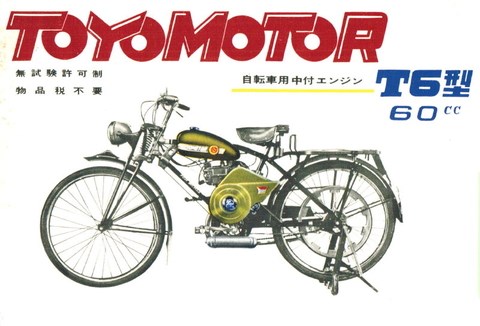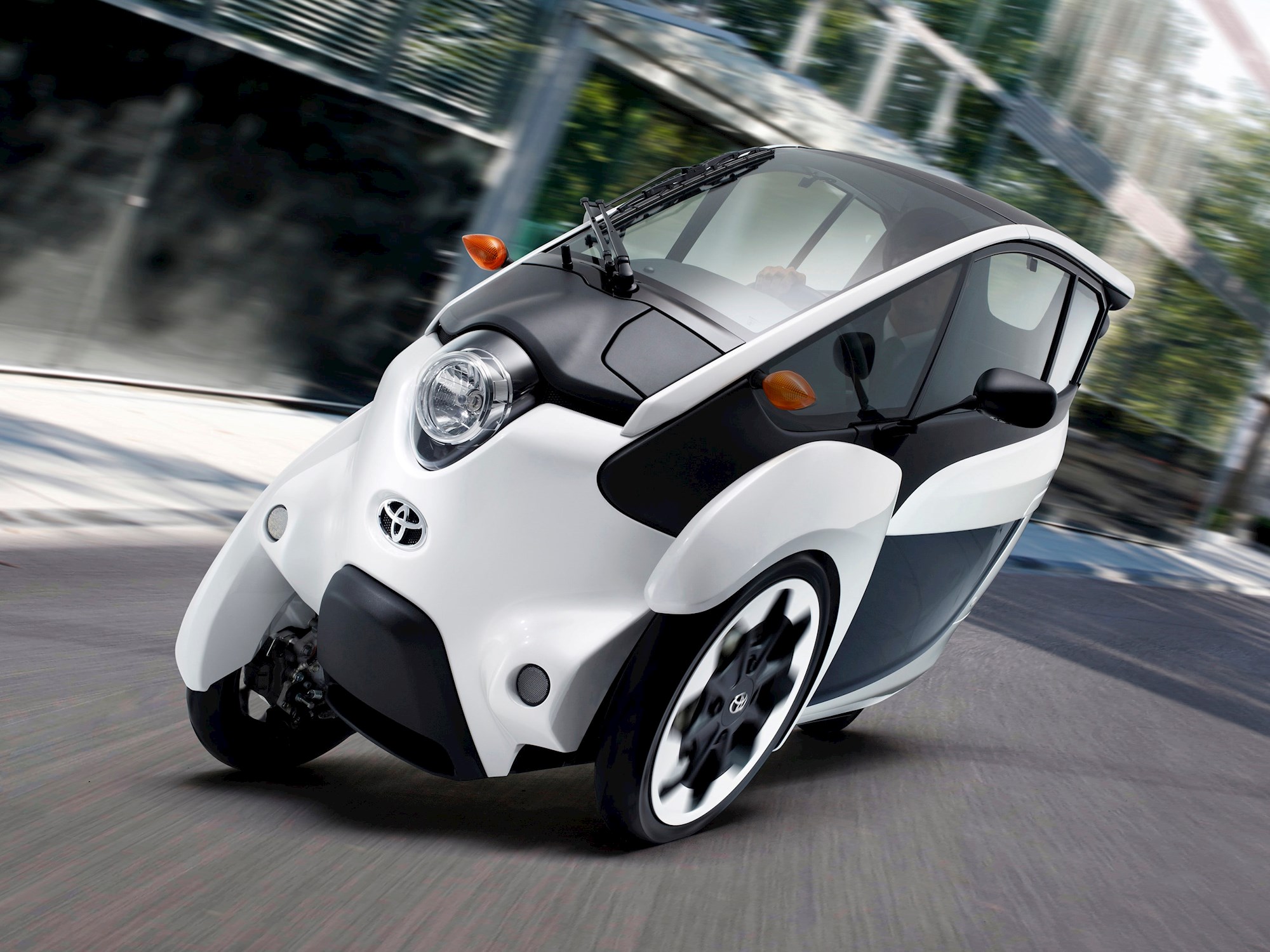Like The Good Oil, you probably spend a lot of your time wondering two things: (a) why hasn’t the world’s largest carmaker ever sold motorcycles and (b) shouldn’t there be more cars that lean into corners?
The answers are (a) it has and (b) yes.
Kazuo Kawamata was an engineer whose work in the automotive sphere had put him in touch with Toyota founder Kiichiro Toyoda. From 1942 he worked part-time in the Toyota Motor Research Laboratory, but his real ambition was to create cheap, reliable transport for the masses.

He founded Toyo Motors in 1949 to make just that. The company operated as a subsidiary of Toyota; so technically, they were Toyota motorcycles. They sold well – up to 10,000 by 1952 - but the emergence of higher quality, bigger volume products like the Honda Super Cub meant the company had done its dash by 1960.
Fast-forward to 2013 and Toyota had another crack at bringing the motorcycle world under its roof – quite literally – with the i-Road concept. Billed as a Personal Mobility Vehicle (PMV), the pure-electric (50km range) three-wheeler weighed just 300kg and was 850mm wide (the two seats were tandem), meaning it didn’t take up a whole lot more roadspace than a motorbike.
The i-Road’s real party trick was Active Lean Technology, essentially meaning that the vehicle tilted into corners like a motorbike. It was all controlled by computer, the degree of lean determined by steering angle and speed. Top speed: 45km/h.

The Toyota i-Road was trialled in Toyota City in Japan and was the centerpiece of a vehicle-sharing project in Grenoble, France and Geneva in Switzerland.
Toyota has never made the leap to production, but the i-Road has been doing the rounds pretty consistently. Car magazine in the UK published a drive of the vehicle as recently as February 2020.
Lean technology isn’t unique to Toyota. It was a bit of a tech-fad at the start of the century and a Dutch company called Carver even produced a three-wheeler, the One, that leaned into corners. Only about 200 were produced from 2007-09, but the company and concept was revived in 2018 – including an EV model.
And of course we can’t finish without mentioning Mercedes-Benz’s flirtation with Curve Tilting suspension, in a couple of concept cars but ultimately launched in the 2014 S-Class coupe. But that’s about as far from a motorcycle as you can get.






